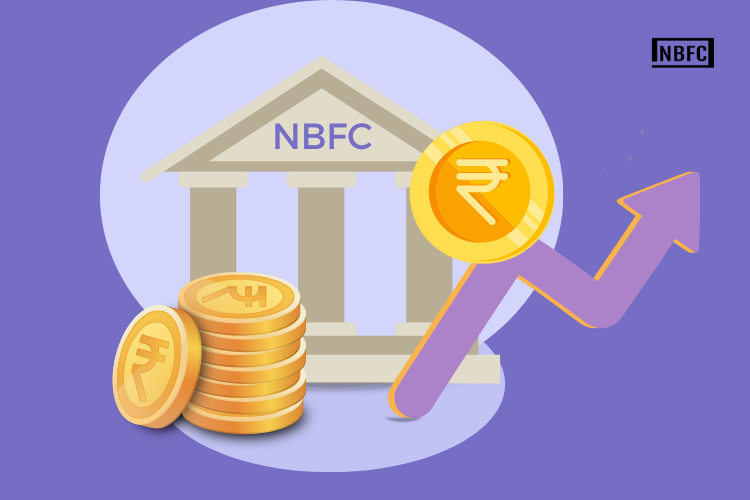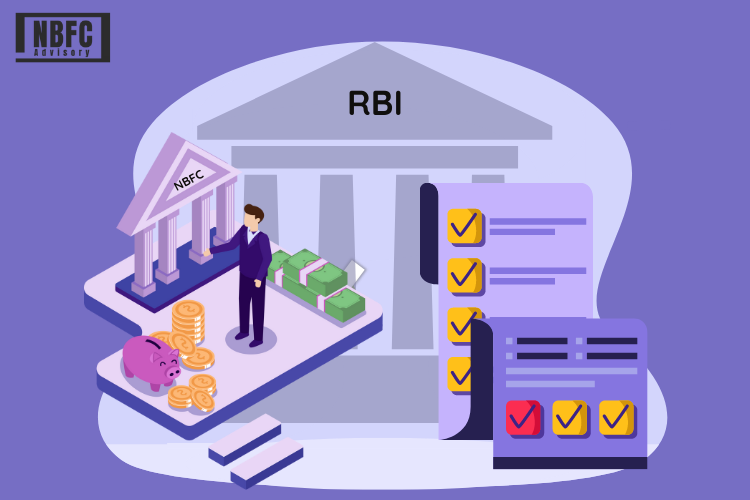Introduction
After the pandemic has derailed the growth in many sectors, NBFCs are still lucrative and surging with their accessible and affordable financial services.
The proactive RBI amendments also have played a significant role in harmonising NBFCs with the rules of the banking sector— making it seamless and safeguarding the customer’s interest.
Recent Developments by RBI to improve NBFCs Ecosystem:
- Cannot lend more than 20% to one company vs 15% earlier.
- RBI brings more bank-like rules w.r.t to NBFC loans to employees & directors.
- Borrowers are taking loans of over 5cr INR to declare relationship, if any, to board members.
- Relaxations announced concerning NBFC capital.
- RBI has additionally increased the number of disclosures NBFCs will have to make in their notes to accounts.
- NPA classification should be on the due date at the end of the day.
- Upgradation only if all arrears are paid.
- Rules regarding issuing debit and credits card.
1. NBFC cannot lend more than 20% to one company vs 15% earlier.
As per RBI issue scale-based regulations, NBFC can’t lend 20% to a single entity versus 15%, which was allowed earlier.
Also, they can allow 25% to group entity versus 40% allowed earlier, but in the infrastructure financing rules are relaxed, and they can still lend a little higher by 5%: also, if the board approves, they can increase additional exposure to single or group entities by 5%.
But they will have to give a valid and specific reason for doing so.
2. RBI brings more bank-like rules w.r.t to NBFC loans to employees & directors.
Again RBI has brought more bank-like rules regarding loans that NBFCs give to their employees and directors. This will synchronise the working of both sectors, said RBI authorities.
3. Borrowers are taking loans of over 5cr INR to declare relationship, if any, to board members.
Also, any loan of more than 5 crores will have to report to the board and declare a relationship between these entities.
4. Relaxations are announced with respect to NBFC capital.
There are some relaxations when it comes to capital, so the revaluation reserves after a 55 per cent discount can be included in tier 1 versus tier 2 capital. However, earlier, a quarterly profit can also be counted as capital if they are audited.
5. RBI has additionally increased the number of disclosures NBFCs will have to make in their notes to accounts.
It implies increased paperwork and follows expanded disclosures to be made. And will create various processes real transparently.
6. NPA classification should be at the end of the day on the due date.
Whether a loan is NPA or standard, it must not be decided by the end of the day but by the date when the interest amount is due. RBI said that some of the loan contracts don’t specify the exact repayment date but mention the month, which has to change.
7. Upgradation only if all arrears are paid.
It said a loan could be upgraded from NPA to standard only if the borrower clears all the dues and arrears; that’s what the banks used to practise, but NBFCs don’t.
We are now taking only this rule.
- Upgrade loans to standard if part dues/ EMIs are paid
- Making provisions for ‘expected credit loss’ under IND- AS
- Under the new rule: Gross NPAs may rise at once but not necessarily provisions. So there will see no hit to Net profit.
- Also, some fear that more borrowers may go beyond the piles of borrowing.
- Classify as SMA-1 one month after month on which interest is due
- Classify as NPA 3 months after a month on which interest is due.
Now as the deadline has increased, so NPA provisioning is less required than earlier. For instance, M&M fin. their earlier provisioning ratio is pulling a hefty amount and degrading their P&L statement.
Moreover, it also has a sentimentally positive impacted NBFCs with more relaxed rules and without strict and rigid conditions.
8. Recent rules regarding issuing debit and credits card
Many experts say that it has been implemented to influence Small NBFCs. This will keep the market less saturated and work to secure public interest to reduce fraud.
So, a master circular has been made by RBI regarding the debit and credit cards—says any NBFC, if they want to issue debit, credit or any other forms of cards, they have to follow and abide few rules.
Those rules include:
- Have to take permission from RBI and must implement the same regulations.
- Plus, NBFC has to get the registration certificate with special permission to issue cards from the RBI authorities.
- Further, an NBFC must hold 100 cr INR of capital to issue cards.
Furthermore, rural district banks can collaborate with a sponsor card provider and issue cards stand-alone.
Also, you must inform the cardholder about the interest rate and, if a default happens, what the penalty charges for the same are. In fact, within 15 days, NBFC has to send an email to the cardholder regarding the same details.
Conclusion
We at NBFC Advisory, with 15+ years of experience in advisory and counselling — assist in handling and boosting your Non- Banking Financial Company business.
Our team of professionals is a one-stop solution to provide you with real insights and strategic advisory around the trends your business must hop on promptly.





